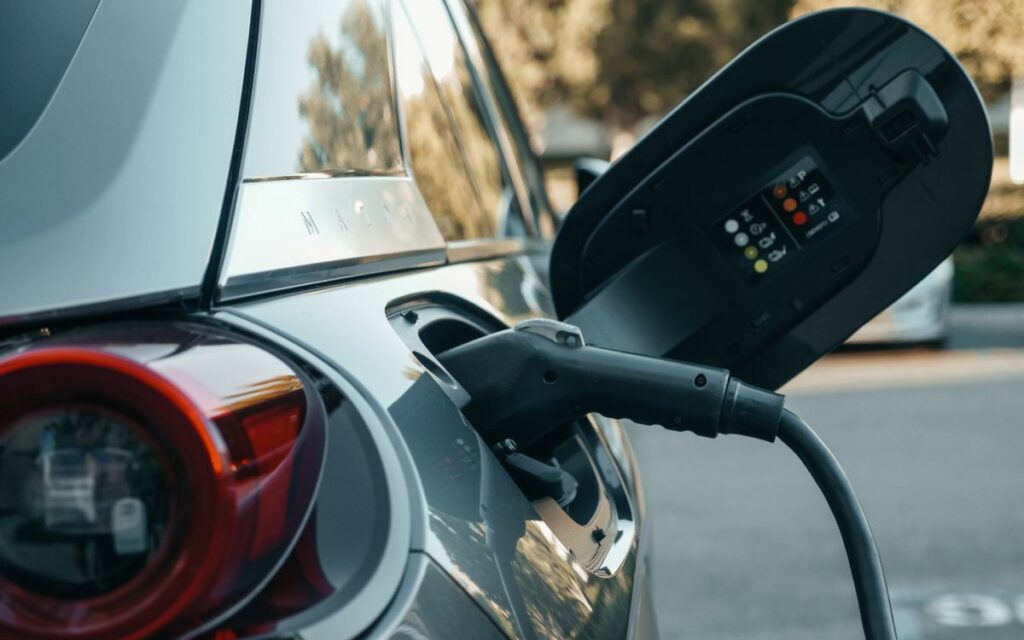
The promotion of EVs by governments should become a case study in how not to promote a given product to citizens. Photo Credit: Pexels
For the last decade or so, Canadians have been inundated by the message from governments and industry representatives that we must all eventually be drivers of Electric Vehicles (EVs). These wondrous machines were touted as less expensive (eventually), more fun to drive, require less maintenance and, most importantly, be good for the environment. Early adopters of EVs were given sizeable subsidies, financed by all taxpayers, to purchase these expensive vehicles, were often accorded preferential access to parking and rapid highway lanes, and generally celebrated as some of the most forward-thinking citizens among us. Elon Musk would be proud.
Now the rubber is hitting the road, so to speak. After a few years of experience with EVs, their many disadvantages are coming to light and leading to much disillusionment among EV owners and prospective buyers. Along with being quite expensive up front – even with generous subsidies – owners are finding maintenance is not all that much of a bargain as very costly battery replacements hit home. More information on exactly how the rare earth minerals required to construct EV batteries are obtained, often by very poor miners and even children in developing countries, and the physical destruction such mines leave in their wake, have soured many buyers on the environmental friendliness of these vehicles.
From a practical standpoint, EV owners have found the vehicles poorly suited to Canada’s cold winters as battery capacity declines significantly in cold weather. The lack of charging infrastructure has made EVs impractical for trips of even medium distance. Even when charging stations are available, the time needed to recharge an EV battery can be very long. The higher weight of EVs compared to internal combustion engine cars because of the heavy batteries means that traffic accidents that would otherwise be minor can suddenly become more serious and even fatal. The heavier vehicles also lead to more wear and tear to highways and other roads, requiring more frequent and expensive repair and upkeep.
Other constraints regarding the potential of EVs to eventually dominate the automobile market were revealed in a recent Fraser Institute study which focussed on how the availability of electricity would confound the federal government’s stated goal of having all new vehicles sold be EVs by 2035. The Fraser study notes that EVs currently command a relatively small share of the vehicle market, with a nine per cent share as of the end of 2022. The study looked at the capacity of the existing electricity grid and its ability to support substantial growth in the EV market if the government’s 2035 goals were to be achieved.
The Fraser analysis suggests that the demand imposed on our electricity supply by the government’s 2035 EV goals would strain electricity grids and require the construction of 10 new mega dam projects comparable to BC’s current Site C hydroelectric megaproject, or 13 natural gas plants. These huge projects take more than a decade to plan, receive approval for compliance with various environmental and other regulations, as well as deal with growing opposition from First Nations and other groups. Even if all of these approvals are granted, it will take about another 10 years to complete construction on these projects. Considering these timelines, federal Environment Minister Guilbeault’s goal of all new vehicles sold being EVs by 2035 is logistically impossible.
The market is also responding to the negatives about EVs as consumers obtain more experience with them. A number of European countries have found that as they phased out subsidies, demand for EVs plummeted. Most major automakers have sharply reduced their production of EVs. The Ford Motor Company found that they were losing fully $37,000 on each EV sold – clearly not a winning business proposition. And as the major auto companies have cut back on production, the market for used EVs has also suffered. It makes you wonder if the federal and Ontario governments’ massive multi-billion-dollar investment of our tax money in EV battery manufacturing plants will turn out to be a giant disaster.
The promotion of EVs by governments should become a case study in how not to promote a given product to citizens. The federal government and some provincial counterparts were dishonest from the outset, and many of them continue to perpetuate myths that have been proven to be wrong. If the truth had been told from the start – that EVs could be a decent second car for an urban family to use in short jaunts around town and that there were drawbacks but they could be dealt with – their take-up would likely have been better than it has been to date. Instead, governments chose to deceive with the result of a major backlash that didn’t need to happen.
The whole climate crisis narrative is increasingly being called into question as more data are revealed and more studies identify its key dishonesties and unnecessary alarmism. It may take some time yet, but let’s hope that governments can eventually learn the lesson that telling the truth from the outset is always the best strategy to bring citizens onside and retain their own political credibility in the process.

She has published numerous articles in journals, magazines & other media on issues such as free trade, finance, entrepreneurship & women business owners. Ms. Swift is a past President of the Empire Club of Canada, a former Director of the CD Howe Institute, the Canadian Youth Business Foundation, SOS Children’s Villages, past President of the International Small Business Congress and current Director of the Fraser Institute. She was cited in 2003 & 2012 as one of the most powerful women in Canada by the Women’s Executive Network & is a recipient of the Queen’s Silver & Gold Jubilee medals.




















